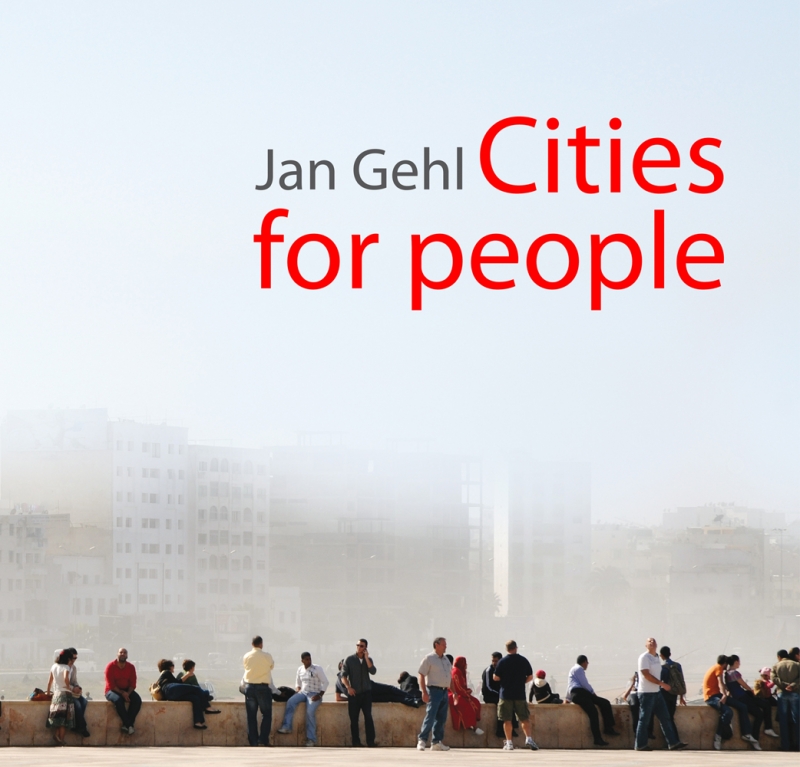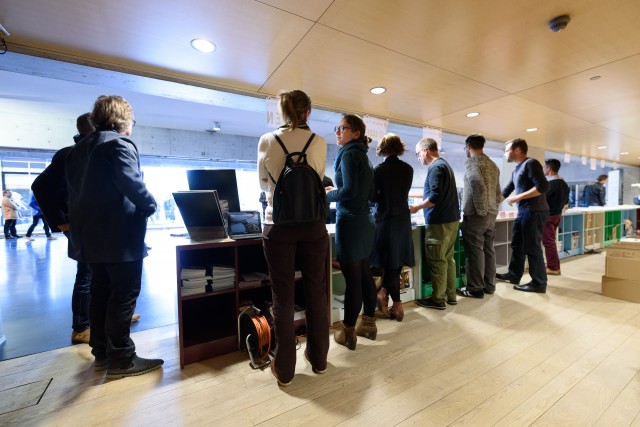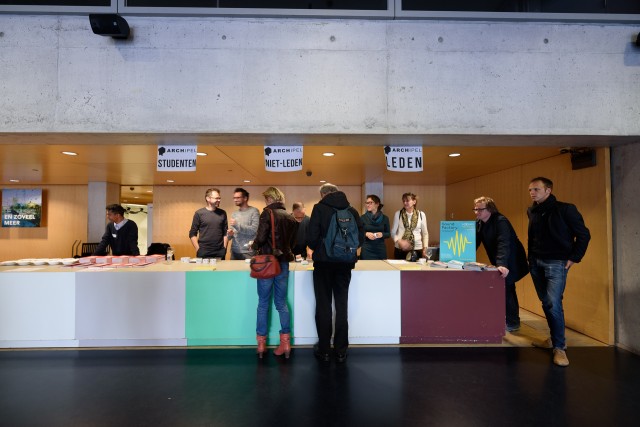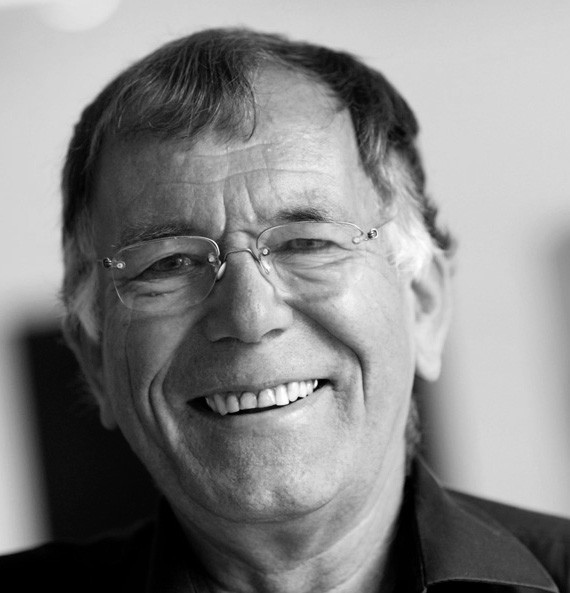Jan Gehl (DK)
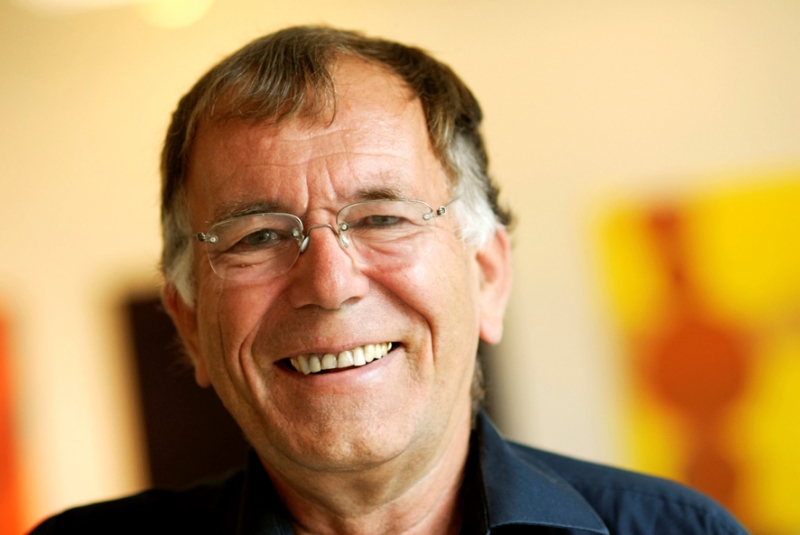 The influential Danish architect and professor Jan Gehl will talk about his approach and theoretical background. Within his research unit at the School of Architecture in Copenhagen Jan Gehl has developed a unique method in which the priorities of residents are the basis for the planning of the city. The study of human well-being is for Gehl the basis of strategic planning and design: with his office he developed a specific research and mapping tool that shows how certain city areas can be used.
The influential Danish architect and professor Jan Gehl will talk about his approach and theoretical background. Within his research unit at the School of Architecture in Copenhagen Jan Gehl has developed a unique method in which the priorities of residents are the basis for the planning of the city. The study of human well-being is for Gehl the basis of strategic planning and design: with his office he developed a specific research and mapping tool that shows how certain city areas can be used.
Jan Gehl made international name with the publication of the book “Life Between Buildings” (1987), in which he describes how small improvements to the City of Copenhagen in 40 years have gradually transformed a car-oriented to a pedestrian-oriented city. The Stroget zone in Copenhagen, one of the largest pedestrian zones in Europe, can be seen as the result of Gehls work.
Also influential is his book “Cities for People”(2010), in which the question of how we can shape the cities of pleasant living environment for its residents is central: an environment with a human scale (a town at eye level) that invites you to walk, bike, stay and play with attention and liveliness, safety, sustainability and health. Gehl argues that many cities in recent decades facilitated especially the car. The expiereces of people received far too little attention. His practical examples show cities from around the world.
Meanwhile Gehl works worldwide. In 2004, he conducted a study on the quality of public space in London and in 2007 he was appointed by the Department of Transportation of the City of New York requesting improvements for pedestrians and cyclists. Gehls work was honored with a series of international awards including the Patrick Abercrombie Prize for Exemplary Contributions to Town Planning (IUA) and an honorary doctorate from Heriot-Watt University in Edinburgh.
